

The Plague
Lore
When she was five years old, Adiris, the youngest of a family of seven, was left on the brick-red burning steps of the Temple of Purgation at the center of Babylon. To process her shock and sorrow, she held onto the belief that the gods had a plan for her. Her new life was one of quiet servitude. She would tend to the gardens, prepare ceremonial meals, and polish ceremonial incense burners. At night, she would pray for a sign that would reveal her purpose.
When she came of age, she attended the high-ranking priests during the yearly worshiping of the sea-goat, the god of water and creation. Swinging a censer down the great hypostyle hall, she cast thick black fumes that reached the cold towering stone pillars before dissipating. Her worries lifted, and the resulting bliss made her feel closer to the gods than ever. She worked herself to the bone each day that followed, fulfilling her duties while taking on new ones, as she aided the priests during purification rituals.
The priests were more and more in need of assistance. Cleansings were being performed daily to answer the demand from outside the high temple walls, where a catastrophic plague had resurfaced. Within months, the priests contracted the disease. It did not take long before they became too weak to perform any kind of ritual. Adiris, having assisted many purification rituals, was the only one able to carry on. The swelling panic had to be contained, even if by a novice.
Anxious before her first ceremony, Adiris visited the priests's sanctuary chamber. When she lit the candles, she noticed a narrow opening at the back. Sliding through the gap, she reached a crypt hidden under the sanctuary. The chamber was bare except for the golden statue of a woman, who stood with outstretched hands, her fingers covered in jewels. It was the sign Adiris had been waiting for.
The great hall was packed with followers who bowed down as Adiris entered. She strode to the brick altar and grabbed a ceremonial dagger forged in silver, her ruby ringed fingers wrapping around the blade like claws. The sudden display of luxury intrigued the followers, who were struck already by her youth and beauty.
As she began reciting the epic of creation, a woman at the back swooned and collapsed. Adiris rushed to her and noticed the black blisters covering her feet. Without hesitation, Adiris grabbed her sacred blade and swung it at her own foot, severing a toe. Then she offered the bloody part to the gods, asking them to protect the woman. A silence fell over the followers, who revered Adiris as their new priestess.
Tales of her wealth, beauty, and devotion began to spread across the city as quickly as the disease. Soon, Adiris's followers called her the High Priestess of Babylon.
But her faith was tried when she showed the first signs of infection; her cough became a mix of phlegm and blood, her neck erupted in abscesses, and her four-toed foot darkened. Ashamed of her condition, she began wearing a veiled headpiece and carried a censer that masked the rancid smell of sick that clang to her skin. Hoping to be saved, she kept performing the rituals, offering blessed water and food to her followers.
But no ritual could save her. In a desperate attempt to appease the gods, Adiris banished herself from the city. She traveled north with a few followers, venturing through the cold woodlands of Urashtu, until it was no longer possible to walk.
They camped in a damp cave, where Adiris lay in a pool of vomit. Her foot, which had turned black, was so swollen she could not go any further. Her followers and she realized the truth in that cave: they were all infected with the plague.
Kneeling among her retching followers, Adiris made one last prayer. The black fumes of incense rose into the damp air before being wiped off by a cold breeze.
Neither the body of Adiris nor her followers were ever found. Many told tales of her return, but no one truly knew what fate had befallen the High Priestess of Babylon.
Perks

Infectious Fright
The cries of the unfaithful make your heart leap.
Any Survivors that are within your Terror Radius while another Survivor is put into the dying state will scream and reveal their location to you for 4/5/6 seconds.

Corrupt Intervention
Your prayers invoke a dark power that meddles with the Survivors's chances of survival.
3 generators located furthest from you are blocked by The Entity for 80/100/120 seconds at the start of the trial.
Survivors cannot repair these generators for the duration. Affected generators are highlighted by a white aura.
Corrupt Intervention deactivates when any Survivor enters the dying state.

Dark Devotion
The display of your powers creates a whirlwind of panic that spreads throughout the land.
You become obsessed with one Survivor. When the Obsession loses a health state, your Terror Radius transfers to the Obsession for 20/25/30 seconds, and its radius is set to 32 meters.
You are granted the Undetectable status effect for the duration.
The Survivor with the transferred Terror Radius is also considered to be "inside the Terror Radius" for other purposes.
Power
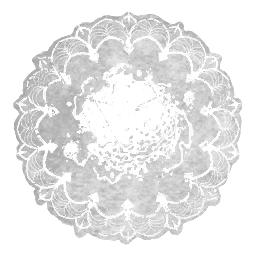
Vile Purge
Her condition deteriorated as the plague overtook her body: her toes blackened, her neck mushroomed into cysts, and her throat gagged with bloody vomit.
VILE PURGE
Infect environmental objects and Survivors with Vile Purge to create an unending cycle of sickness. Press and hold the Power button to charge Vile Purge, and release the button to unleash a stream of infectious bile. Hitting a Survivor will cause them to become infected. Hitting an environmental object will cause it to become infected for a short time. Survivors interacting with infected objects will also become infected.
When a Survivor's infection indicator is completely filled, The Survivor is put into the injured state, is afflicted by the Broken status effect, and forced to vomit at random intervals.
SPECIAL ABILITY: INGEST CORRUPTION
Infected Survivors can heal themselves to full health and cure their infection by cleansing at a Pool of Devotion. This action corrupts the pool, allowing The Plague to consume the corruption and empower her purge. Press and hold the Interaction button while next to a corrupt Pool of Devotion to transform Vile Purge into Corrupt Purge. This action removes the corruption from the pool.
SPECIAL ATTACK: CORRUPT PURGE
After using the Ingest Corruption ability, Vile Purge is replaced by Corrupt Purge for a short duration. Corrupt Purge instantly damages any Survivor hit by its stream, however, it no longer applies infection to Survivors or environmental objects.
Addons
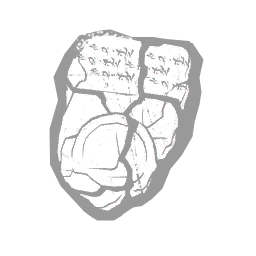
Prayer Tablet Fragment
Vile Purge no longer affects Survivors. Increases object infection duration by 40 seconds. Increases infection from infected objects by 100%. Increases Devious Bloodpoints by 100%.

Olibanum Incense
Survivors who cleanse at fountains have their auras revealed for 4 seconds.

Limestone Seal
Increases object infection duration by 20 seconds.

Healing Salve
Decreases cooldown of Vile Purge and Corrupt Purge by 0.25 seconds.
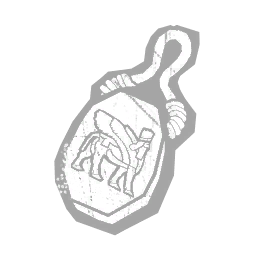
Prophylactic Amulet
Decreases the number of Pools of Devotion in the Trial by 2.
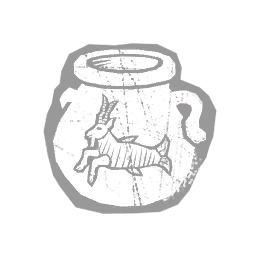
Potent Tincture
Decreases cooldown of Vile Purge and Corrupt Purge by 0.4 seconds.
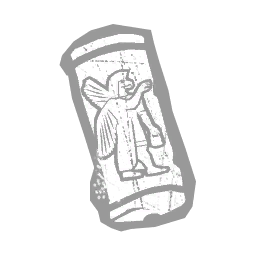
Hematite Seal
Increases object infection duration by 30 seconds.
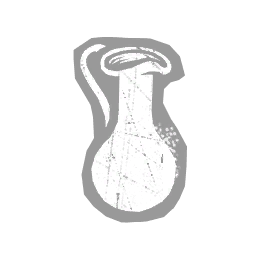
Emetic Potion
Increases the effectiveness of Vile Purge by 30%.

Blessed Apple
Start the Trial with 1 additional Pool of Devotion already corrupted.
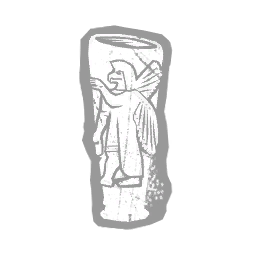
Rubbing Oil
Increases the charge rate of Vile Purge and Corrupt Purge by 50%.

Infected Emetic
Increases the effectiveness of Vile Purge by 40%.
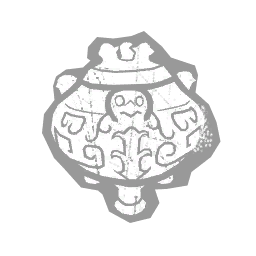
Incensed Ointment
Ingesting the corruption at a Pool of Devotion causes all Survivors within The Plague's Terror Radius to scream and reveal their locations.
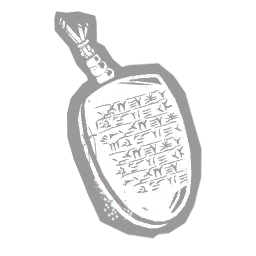
Exorcism Amulet
Increases the duration of Corrupt Purge by 10 seconds.

Ashen Apple
Start the Trial with 1 additional Pool of Devotion already corrupted. Increases the number of Pools of Devotion in the trial by 1.
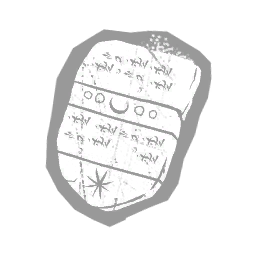
Worship Tablet
Increases speed of ingesting corruption at a Pool of Devotion by 100%. Increases movement speed while holding Corrupt Purge by 4.5%.

Vile Emetic
Increases velocity of vomit projectiles by 10%.

Severed Toe
Increases infection rate for Survivors who are performing interactions by 50%.
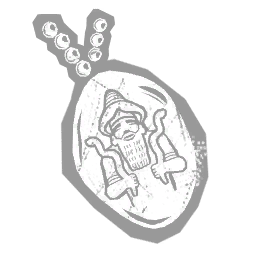
Devotee's Amulet
Increases duration of Corrupt Purge by 20 seconds.
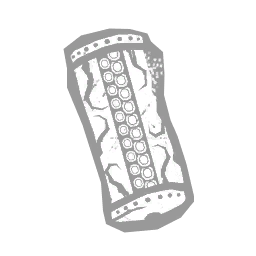
Iridescent Seal
Corrupt Purge activates every time a generator is completed. Decreases duration of Corrupt Purge by 20 seconds.

Black Incense
Survivors' auras are revealed to you for 3 seconds when they vomit.